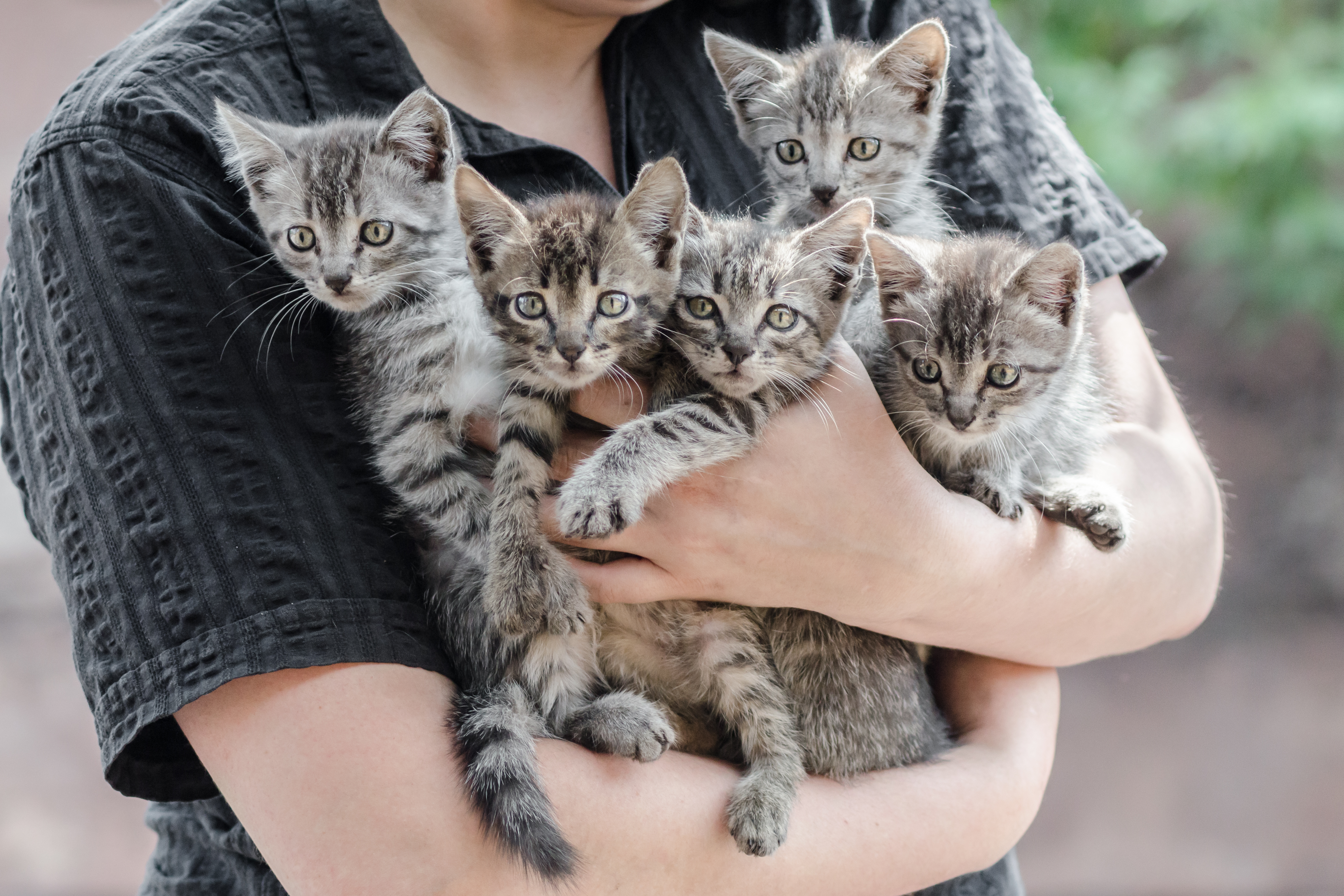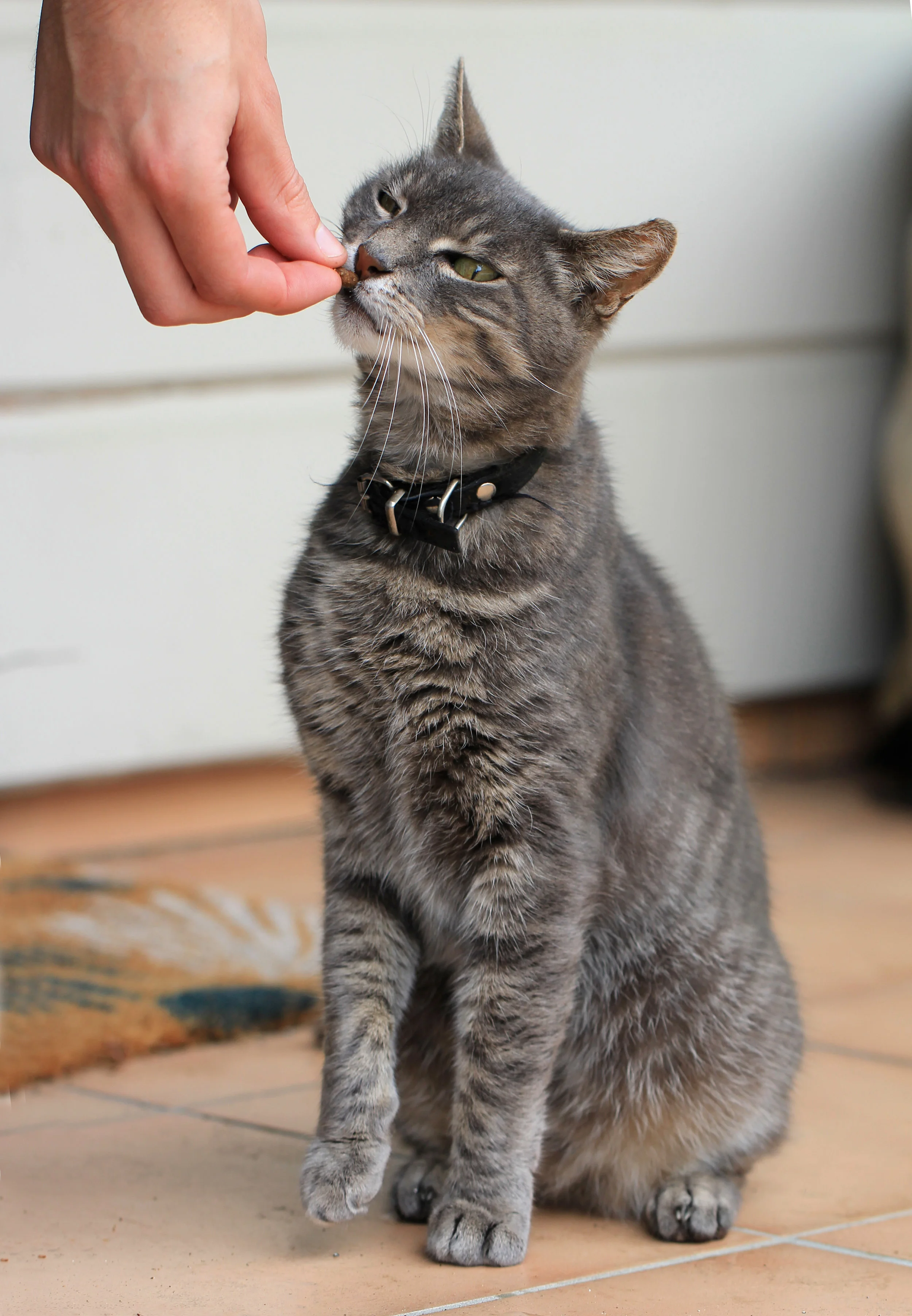cat leukemia vaccine age
Annual booster vaccinations are recommended but not necessary for every cat. Cats that go outdoors and may.

Felv Facts Diagnosis And Transmission Petfinder
The cat vaccine Focus Cat Vax 3 Plus FeLV Vaccine is for vaccination of healthy cats 8 weeks of age or older against feline leukemia rhinotracheitis calici and panleukopenia viruses.

. When Should Your Cat Get A Feline Leukemia Vaccine. The leukemia vaccine requires two initial shots given three to four weeks apart a booster after one year and then yearly to every three years after depending on the cats level of risk. Feline leukemia virus FeLV is a virus that infects only cats.
Most vaccines given to cats including the FeLV vaccine have the. A kitten should be vaccinated around nine weeks of age with the important second dose being given at 12 weeks. FeLV is an important cause of anemia in cats and can cause cancers of several types.
13 Virus neutralizing antibodies VNA are thought to have a role in the recovery of cats from FeLV infection and protection can be passively transferred by immune serum. Third vaccination with core vaccines. UC Davis School of Veterinary Medicine.
Duration of immunity is at least 2 years. For this reason initial core kitten vaccinations occur at three- to four-week intervals until the cat is 16-20 weeks old and maternal antibodies are out of the system. Also shown to be effective against persistent viremia in cats exposed to virulent feline leukemia virus.
Feline leukemia FeLV is a retrovirus belonging to the same group of viruses as HIV however it cant infect humans. The FeLV vaccine protects against feline leukemia virus which is a fatal disease in cats. A booster vaccination one year on is important to enhance the initial level of immunity.
Kittens should be given an initial vaccine at 8 12 weeks of age and second dose is normally given 3-4 weeks later. Contemporaneous with the implementation of stricter vaccination recommendations and the development of adjuvanted killed rabies and feline leukemia virus FeLV vaccines pathologists at the University of Pennsylvania began. Cats of any age can get FeLV but its typically considered a core vaccine for cats under 1 year old.
Balance this against the risks of vaccination which can be divided into common-but-mild reactions and rare-but-serious as outlined below. Most veterinarians counsel against introducing a new cat into a household with a FeLV-positive cat because they may be at risk for contracting the infection even with vaccination. Fifty seronegative cats 8-9 weeks old were vaccinated subcutaneously on two occasions three weeks apart with either placebo treatment group T01 Versifel FeLV Vaccine treatment group T02 or Purevax FeLV Vaccine treatment group T03 according to the manufacturers directions.
Regular boosters throughout a cats life will help maintain a good level of protection against cat flu feline parvovirus and feline leukaemia. Kittens should start getting vaccinations when they are 6 to 8 weeks old until they are about 16 weeks old. At the veterinarians discretion based on risk.
Some cats may not require any boosters after that first year Dr. Then they must be boostered a. This is due to widespread and effective vaccinations among kittens and cats since the 1990s.
Healthy cats should receive two-three doses 3 to 4 weeks apart with the final dose given at 16 weeks of age. New cats or kittens over eight weeks of age should be tested for the virus before being introduced to a multi-cat household. It is much less common in cats nowadays than it used to be with less than 1 of healthy cats infected.
Shown to be effective for vaccination of healthy cats 9 weeks of age or older against feline leukemia viruses. FeLV depresses the immune system and tends to lead to persistent infection. Although cat leukemia also known as feline leukemia virus or FeLV can be a difficult virus to manage pets with it can still live happy relatively long lives.
When administered to an animal they train the immune system to protect against these infectious. It is found worldwide and is. Give 1 ml subcutaneous.
Cats were challenged three weeks after the second vaccination with a virulent FeLV isolate. Age-matched and litter-matched controls developed no antibody to test antigens before the challenge and 100 became persistently viremic after the challenge. Young cats and kittens cats that go outdoors and cats that live in.
It is recommended that all kittens be vaccinated against FeLV as feline leukemia is almost entirely preventable with two kitten vaccines and a booster one year later. The percentage of cats infected varies depending on age health environment and lifestyle. For any cat over 16 weeks old whose vaccine history is unknown the initial series consists of two doses given three to four weeks apart.
Suggested Articles Need for Rabies Vaccination for Indoor Cats Feline Leukemia Virus Feline Immunodeficiency Virus Feline Infectious Peritonitis Vaccines are preparations that resemble infectious agents like bacteria or viruses but are not pathogenic disease causing. Feline injection site sarcomas FISS have been recognized since the early 1990s. Some vaccine manufacturers have developed approved three-year vaccines for many of the core vaccines.
After a vaccine around one-in-ten cats experience a soft swelling at the injection. The disease can negatively impact your cats immune system or cause anemia or cancer. Once a cat has been diagnosed with FeLV careful monitoring of weight appetite activity level elimination habits appearance of the mouth and eyes and behavior is an important part of managing this disease.
The determinants of susceptibility to FeLV are unknown except that young kittens are fully susceptible while the majority of cats over 16 weeks of age either recover or develop a latent infection. Feline leukemia virus or FeLV is one of the most common infectious diseases in cats. Diseases such as cat flu distemper and feline leukemia are still out there and have life-changing consequences.
When to give vaccines. Second vaccination with core vaccines. Each of the above core vaccines should be given every 3-4 weeks with the final kitten vaccination administered at 14-16 weeks of age.
Background epidemiology and pathogenesis. The AAFP vaccination guidelines recommend that low-risk adult cats be vaccinated every three years for the core vaccines and then as determined by your veterinarian for any non-core vaccines. Vaccination with the soluble tumor cell antigen vaccine proved successful in preventing the induction of.
The median survival time for cats after FeLV is diagnosed is 25 years. Understanding feline leukemia symptoms can help you better care for a cat with this disease.

Cat Leukemia Causes Signs Treatment Canna Pet

Pin On Pet Health Pins By Harvey Animal Hospital

Feline Leukemia Felv American Humane American Humane

Feline Leukemia Virus What You Need To Know Cat Healthy

Feline Leukemia Vaccine Felv For Cats Great Pet Care

Cat Leukemia Causes Signs Treatment Canna Pet

Does My Cat Need To Be Vaccinated For Feline Leukemia Tucson Az Adobe Veterinary Center
/adult-cat-vaccination-schedule-4846632_V4-ff36ccb34d74410d9652b4307a26e8b3.png)
What Is The Average Adult Cat Vaccination Schedule

Does My Cat Need To Be Vaccinated For Feline Leukemia Tucson Az Adobe Veterinary Center

Nobivac Felv Revival Animal Health

Cat Leukemia Causes Signs Treatment Canna Pet

Paying For Feline Leukemia Virus Cofund My Pet

Cat Leukemia Causes Signs Treatment Canna Pet

Cat Leukemia Causes Signs Treatment Canna Pet

Feline Leukemia Virus Petcare Hospital Wellness Center

Feline Leukemia Virus Vaccination Today S Veterinary Practice

Does My Cat Need To Be Vaccinated For Feline Leukemia Tucson Az Adobe Veterinary Center
